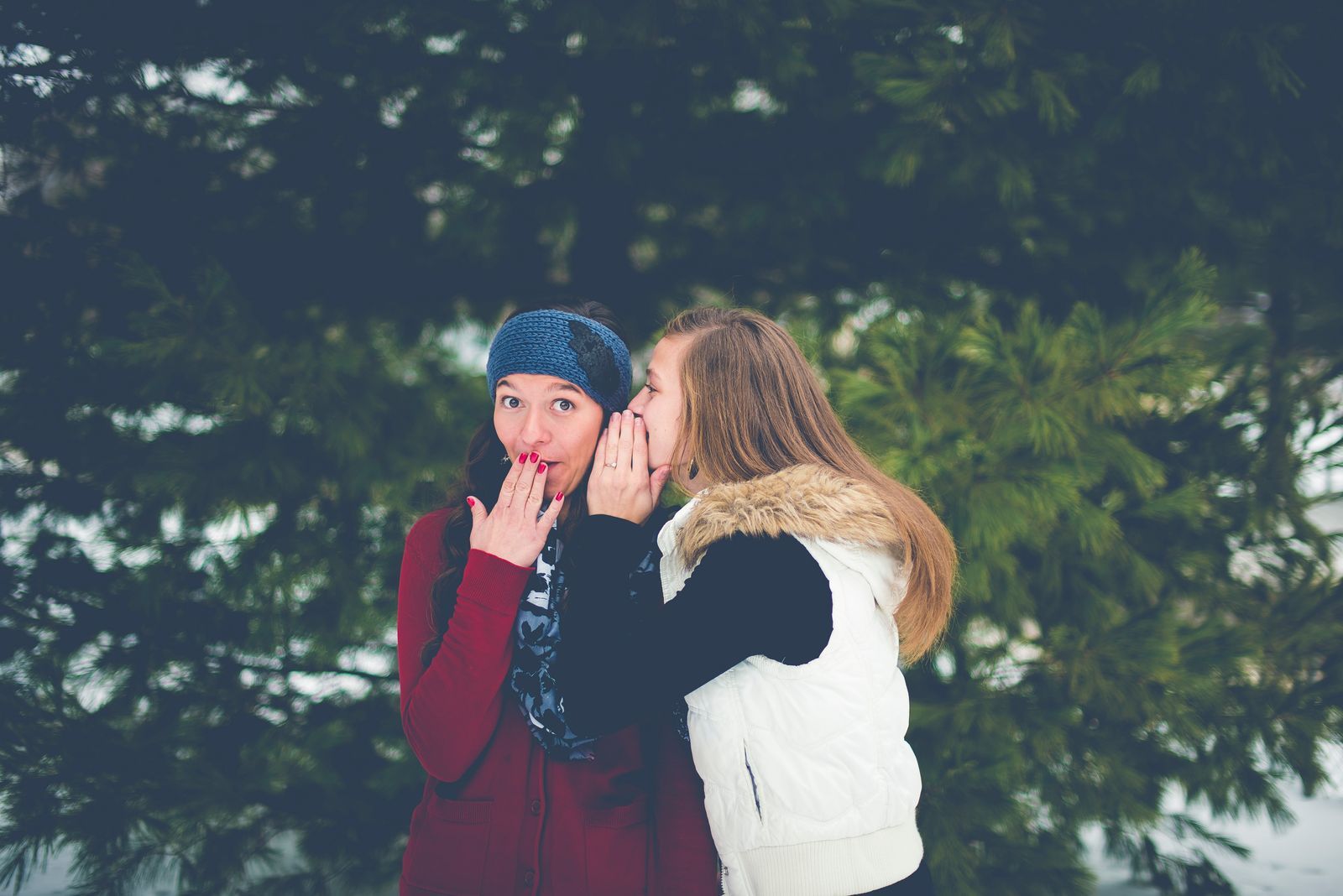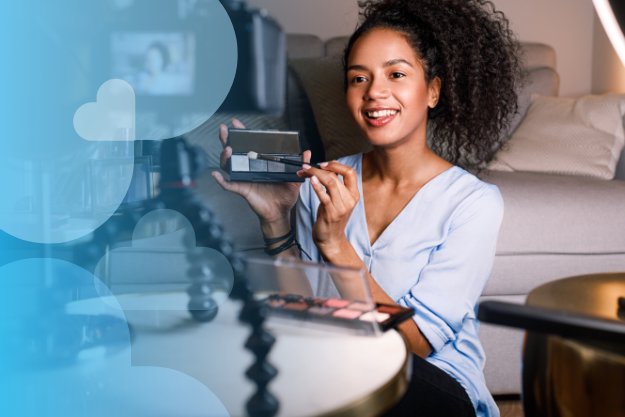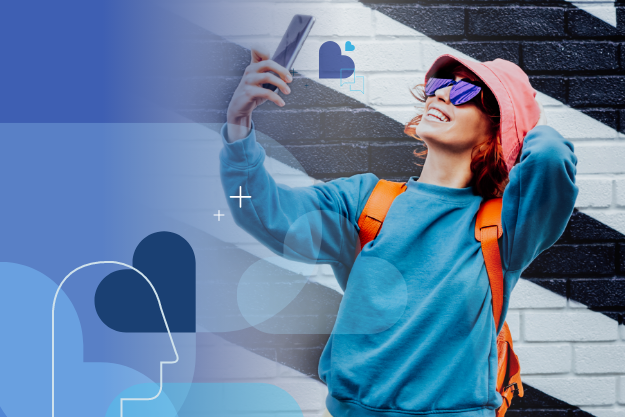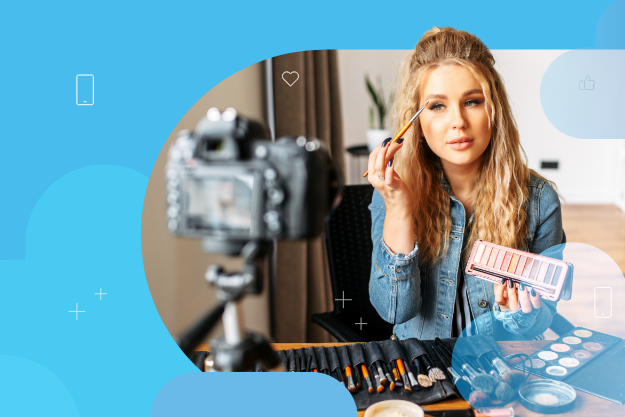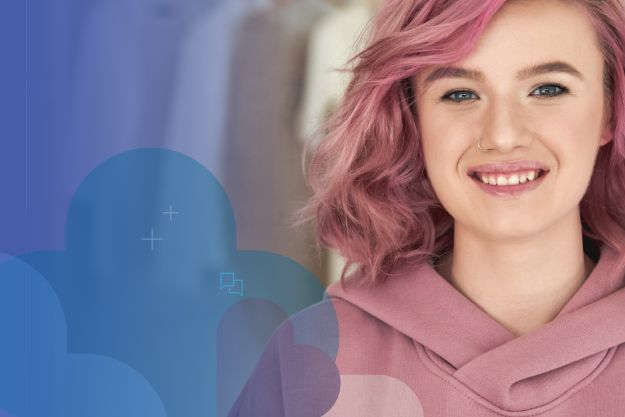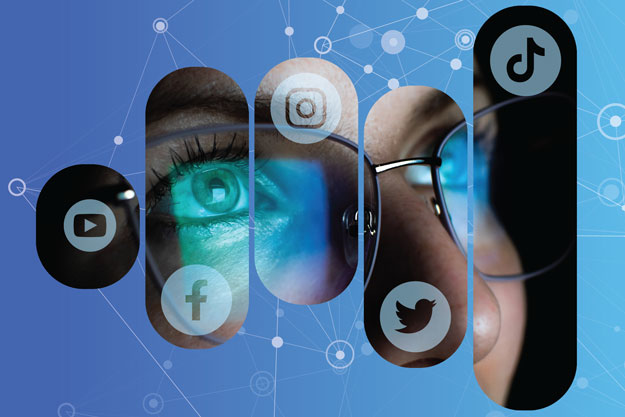With macro-influencers losing some authenticity and credibility, and with microinfluencers still too pricey, brands are now investing in the cost-effective, vast realm of "nanoinfluencers" for their marketing strategy.
What are nanoinfluencers?
Nanoinfluencers — who are one of an array of influencer options for brands — as social media users with between 1,000 and 5,000 followers — who can drive sales and brand loyalty. They might seem like a hot new trend, but realistically it's a new word for an age-old marketing practice.
Consumers have always been recommending products, experiences, and companies to their friends and family. The only thing that's changed is the technology that surrounds them and the newly minted term "nanoinfluencer."
Whereas in the past, these micro trendsetters worked independently of brands, companies can now leverage, shape, and measure their influence. Brands have always sought ways to authentically reach their audience – social media influencers have been a natural extension of that game plan. Savvy brands will unearth this flavor of 'influencer' in the form of user-generated content (UGC) to amplify the authentic voice these individuals lend to their content.
In consumers we trust
That's the main takeaway of a recent New York Times article, which presents the concept of nanoinfluencers as an eccentric deviation from the normal playbook. "Are You Ready For Nanoinfluencers?" suggests that the rise of these mini-influencers is both a sign of how brands are endlessly pursuing relevance, and how consumers are increasingly willing to blur the line between work and leisure.
In fact, in a global survey of consumers, Nielsen found that 83% of consumers trust the product or service recommendations of friends and family over other forms of advertising. Another study found that 41.5% of shoppers said they wouldn't buy from a brand if they couldn't access reviews, and a report by the Wharton School of Business revealed that referred customers are up to 24% more loyal on average than non-referred customers. Shoppers who engage with User-Generated Content (UGC) are more than twice as likely to make a purchase than their peers and UGC increases on-site conversion rates by 12%.
Brands are also well aware of the importance of word of mouth and grassroots marketing on conversion and engagement rate. In one study, 80% of furniture brands said that word-of-mouth was their biggest driver of sales. In the past, the benefits of word-of-mouth marketing were hard to measure. What's more – before social media, an individual's circle of influence was limited to traditional connections. Now, people connect broadly and share loads of content that can serve as an endorsement for a brand. Brands have the opportunity to leverage that content to provide a degree of authenticity to marketing campaigns, building customer loyalty in ways that larger-scale marketing efforts cannot.
"It's like one of your friends telling you a new skincare product is amazing, but instead of me telling my friends at happy hour, it's me telling them on Instagram," one nano-influencer told the Times.
Entering a new normal for marketing
There are 657 billion photos posted online every year. There's a good chance that some of those photos relate to your brand, and, if that's the case, then those photos can potentially be leveraged in ways to expand your marketing content. Brands can start finding nano-influencers and gathering organic UGC in a number of ways. For example, scanning hashtags, brand mentions, and location-based information on social media can yield relevant UGC. Photo contests are another way to generate UGC, and brands can even encourage brand loyalists to upload photos directly to a brand site.
“Social media’s peer-to-peer content informs and inspires purchasing decisions because of its authenticity and first-person storytelling capabilities,” Whitney Reynolds, Director of Social Media @ Kimpton Hotels & Restaurants, recently told Pixlee [now Emplifi]. “When it comes to travel marketing, user-generated content is a goldmine hidden in plain sight.”
Once this content is gathered and user permission is granted, brands work with nanoinfluencers by reposting images on branded social media accounts, incorporating them into product galleries on websites, and using them in larger marketing efforts. Kimpton Hotels & Restaurants is one of many brands that has been able to leverage the benefits of UGC. The hospitality company has been able to employ UGC and nanoinfluencer campaigns to drive bookings and engagement for more than 60 destinations.
Editor's Note: This article was originally published on pixlee.com. Any statistics or statements included in this article were current at the time of original publication.













